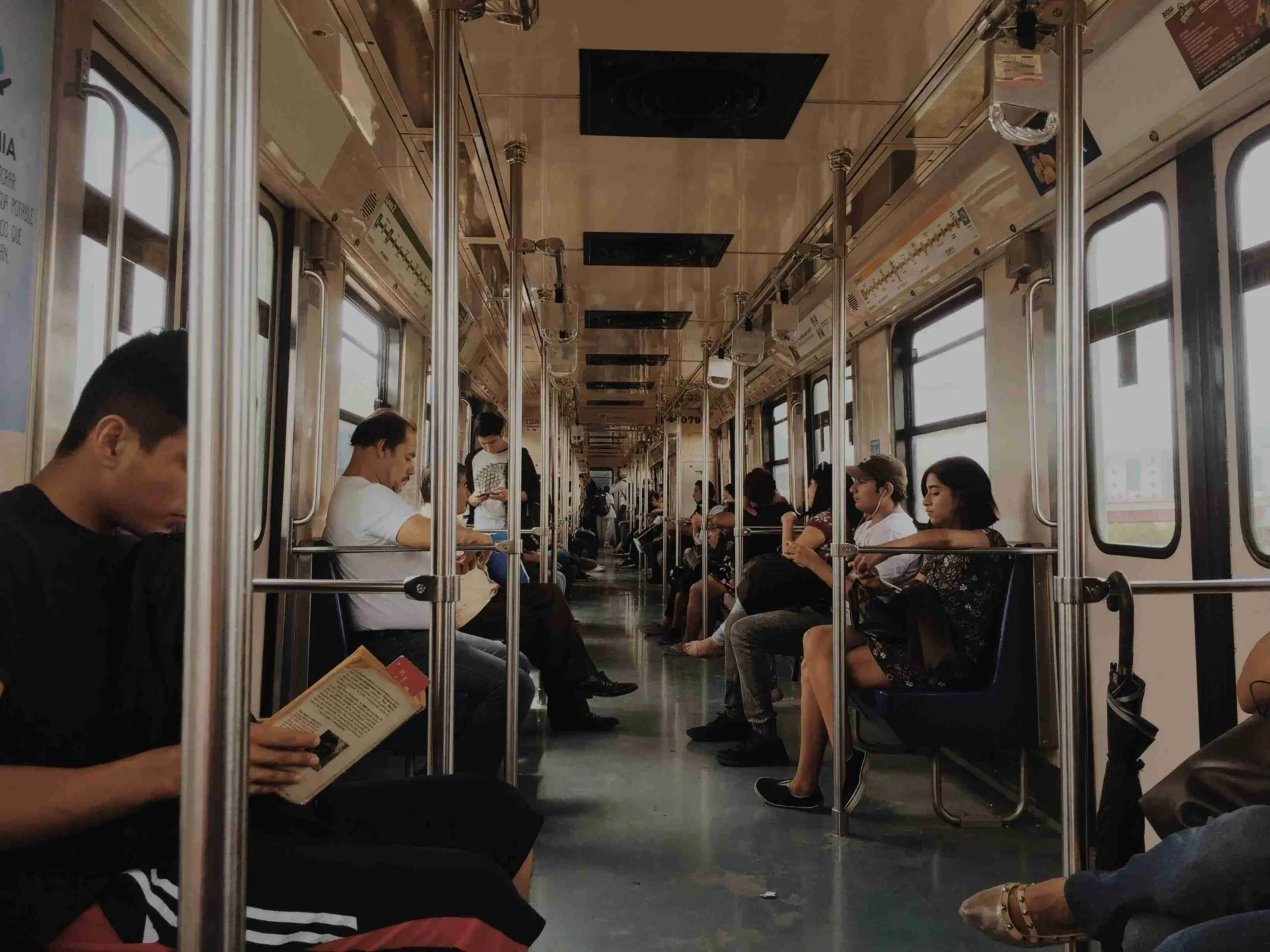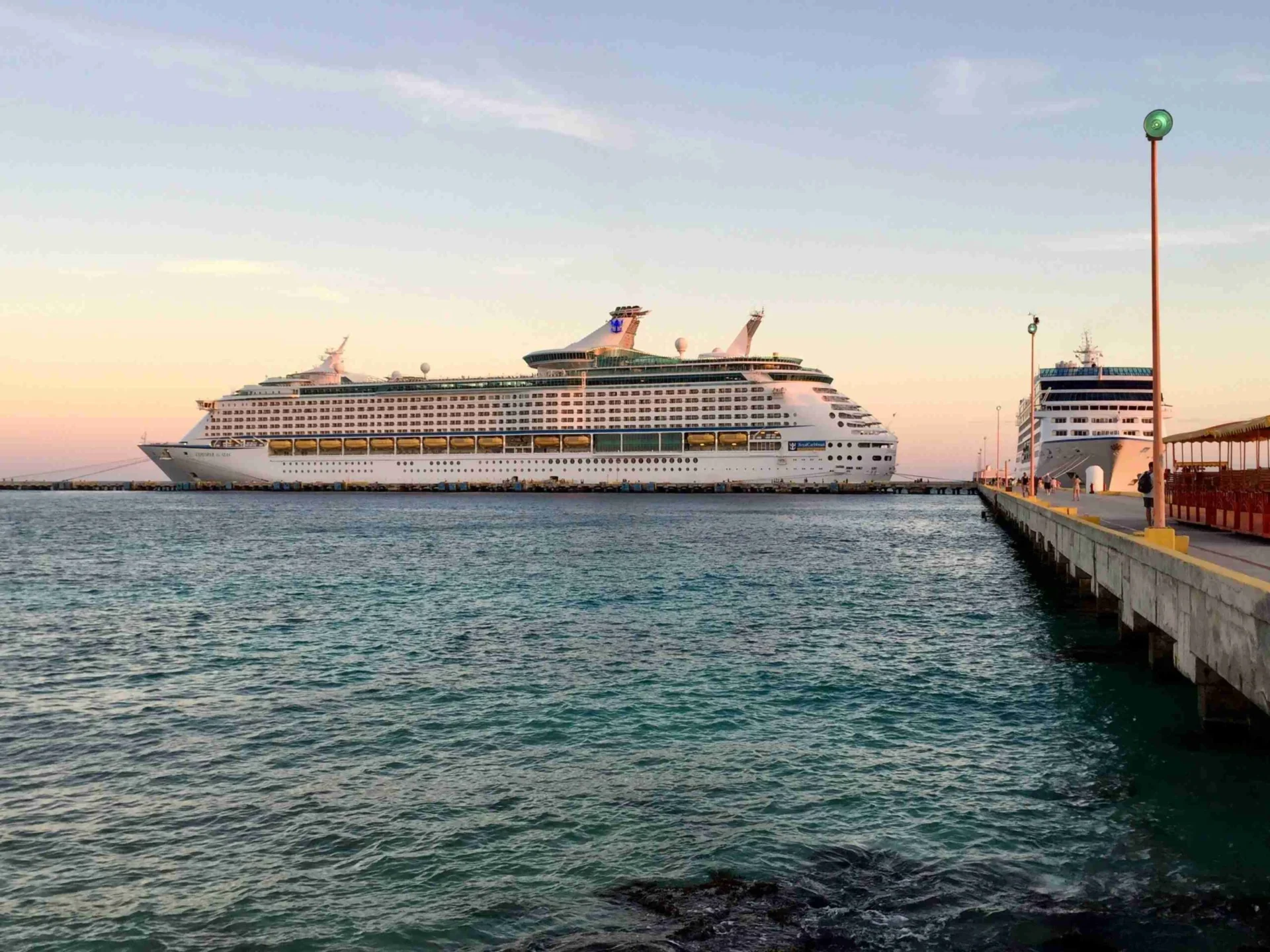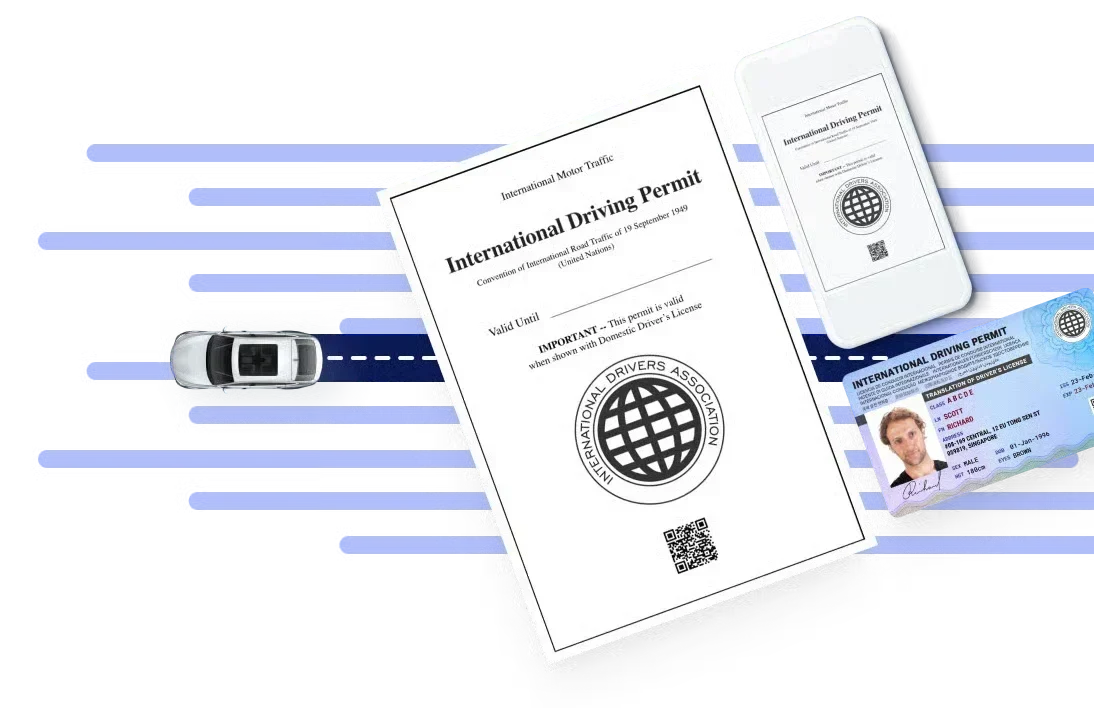Mexico’s diverse and vibrant public transportation system offers travelers an authentic way to explore the country. From bustling city buses to scenic rail journeys and island-hopping ferries, this guide provides essential information on navigating Mexico’s transportation network, helping you make the most of your travels while immersing yourself in the local culture.
Check if you need an IDP NowWhere was your license issued?
Destination


Travel by Bus
Types of Public Buses
Camiones
These are larger, more traditional buses that often run on fixed routes. They can be identified by their distinctive colors and often have a staff onboard who collects fares.
Fares for camiones vary depending on the distance traveled and the specific route. Within a city, fares typically range from MXN 5-10 (approximately USD 0.25-0.50). For longer intercity journeys, fares can be significantly higher, reaching MXN 100-200 (approximately USD 5-10) or more.
Microbuses
Smaller, more agile vehicles, microbuses often operate on more flexible routes and can pick up passengers almost anywhere. They’re usually painted in bright colors.
Microbuses often have a fixed fare within a city, which is typically around MXN 5-8 (approximately USD 0.25-0.40). For longer distances, fares can increase, but they are generally lower than those for camiones.
Rutas
These are shared taxis that follow specific routes. They’re a good option for shorter distances and can be more convenient than buses.
Fares for rutas are usually determined by the distance traveled. Within a city, fares can range from MXN 5-10 (approximately USD 0.25-0.50). For longer journeys, fares may be higher, but they are typically less expensive than taking a taxi.
Payment
Cash remains the most common form of payment for public transportation in Mexico. Be sure to have small denominations of Mexican pesos on hand, as many drivers and conductors may not have change for larger bills.
Some cities in Mexico have implemented transportation cards, such as the Tarjeta de Movilidad Inteligente (TMI) in Mexico City. These cards can be used to pay fares on buses, metros, and other public transportation systems. However, they may not be widely accepted in smaller towns or rural areas.
Mobile payment apps like Google Pay and Apple Pay are becoming more common in Mexico, but they may not be accepted on all public transportation systems. It’s always a good idea to check with the driver or staff before attempting to pay with a mobile app.
Rush Hour in Mexico
Rush hour in Mexico typically occurs during the morning and evening peak commuting times. While specific times can vary depending on the city and local traffic patterns, here’s a general breakdown:
- Morning rush hour: Usually starts around 7:00 AM and can last until 9:00 AM.
- Evening rush hour: Typically begins around 5:00 PM and can extend until 8:00 PM or later.
These times can be influenced by factors such as holidays, special events, and road closures. If possible, check local news or traffic updates to get the most accurate information for the specific city you’re visiting.

Traveling by Rail
Mexico offers a diverse and extensive rail network that can be a convenient and scenic way to explore the country. Here’s a comprehensive guide to help you navigate Mexico’s rail system:
Major Rail Companies and Services
- Tren Maya: This is a major ongoing project aiming to connect the Yucatán Peninsula with the rest of Mexico. It promises to be a luxurious and scenic experience. Price varies based on route and class, but expect to pay around MXN 2,000 – 3,000 (USD 115 – 175) for a one-way ticket between Cancún and Palenque.
- Ferrocarril Mexicano (Ferromex): Ferromex operates freight and passenger trains across Mexico. While primarily focused on freight, they offer passenger services too, especially between major cities. Prices vary depending on the route and class. For instance, a one-way ticket from Mexico City to Guadalajara might cost around MXN 1,000 – 1,500 (USD 58 – 87).
- Chepe Express: This scenic train journey connects Chihuahua City and Los Mochis, passing through the Copper Canyon, a breathtaking natural wonder. A round-trip ticket for the Chepe Express can cost anywhere from MXN 3,000 – 5,000 (USD 175 – 290), depending on the class and season.
- Tren del Golfo: This train line operates along the Gulf Coast , connecting cities like Veracruz and Coatzacoalcos. Prices for Tren del Golfo are generally more affordable than long-distance tourist trains. Expect to pay around MXN 500 – 1,000 (USD 29 – 58) for a one-way ticket.
Types of Trains and Services
- Long-Distance Trains: These trains connect major cities and offer comfortable accommodations, including sleeping cars and dining cars.
- Regional Trains: These trains serve smaller towns and cities, providing a more local and authentic experience.
- Tourist Trains: These trains are designed for leisure travel and often offer scenic routes, gourmet meals, and cultural activities.
Purchasing Tickets
Purchasing tickets and reservations for Mexico’s rail system is straightforward. Many rail companies offer online ticketing, allowing you to buy tickets in advance, especially for popular routes or during peak travel seasons. Alternatively, you can buy tickets directly at the train station. However, it’s recommended to check the station’s opening hours and ticket availability, as tickets can sell out quickly, particularly for popular routes.
Check if you need an IDP NowWhere was your license issued?
Destination
Traveling by Air
Mexico boasts a robust air transportation network, with over 50 airports offering regular passenger flights served by both local and international airlines. Aeroméxico, once a state-owned enterprise, is the country’s largest carrier, connecting most major cities to Mexico City with multiple daily flights.
A variety of smaller, budget-friendly airlines, including Aeromar, Interjet, Volaris, Mayair, Viva Aerobus, and AeroServicio Guerrero, also serve key destinations across Mexico. This competitive landscape generally keeps airfares reasonable, with one-way flights between Mexico City and Cancún often available for as little as USD 40.
Airfare prices in Mexico can vary based on route popularity. More sought-after routes typically have lower fares. For instance, the flight from Tijuana to Mexico City may cost similar to the shorter but less popular flight from Tijuana to Chihuahua. Even higher-priced routes can be worthwhile for the time saved. While smaller airlines may offer lower fares, discounts and price variations between agents are less common compared to larger carriers.
Traveling by Ferry
Explore Mexico’s diverse coastline by ferry! Ferries offer convenient connections between Baja California and mainland Mexico. Three routes operate on the Pacific side:
- Santa Rosalía to Guaymas: This ferry provides a direct link between Baja California and mainland Mexico.
- La Paz to Mazatlán: Enjoy a scenic journey between the capital of Baja California Sur and the vibrant city of Mazatlán.
- La Paz to Topolobampo (for Los Mochis): This route connects La Paz with Topolobampo, offering easy access to the charming city of Los Mochis.
For detailed information on schedules and fares, visit mexbound.com/mexico-ferry.php
Looking to explore idyllic islands? Smaller ferries connect mainland Mexico to several stunning islands:
- Chiquilá to Holbox: Discover the enchanting island paradise of Holbox, accessible by ferry from Chiquilá.
- Cancún to Isla Mujeres: Take a quick ferry trip from Cancún to the vibrant Isla Mujeres, known for its beautiful beaches and rich history.
- Playa del Carmen to Cozumel: Explore the world-famous dive sites of Cozumel with a ferry ride from Playa del Carmen.
While ferry prices may have increased slightly over time, they remain a relatively affordable and convenient way to travel along Mexico’s stunning coastlines.
Traveling By Vehicle Rental
Renting a vehicle in Mexico offers the flexibility to explore the country at your own pace and discover hidden gems off the beaten path. But, you must have a valid driver’s license from your home country.
While not always strictly required, obtaining an IDP is highly recommended as it serves as an official translation of your driver’s license. It can help avoid potential language barriers and misunderstandings with local authorities. You can conveniently obtain an IDP online, so this would be easy for you.
In Conclusion
Embrace the adventure! Mexico’s public transportation offers a budget-friendly, authentic experience. Immerse yourself in the local culture and discover hidden gems as you navigate Mexico’s diverse transportation network.
Frequently Asked Questions
Is it safe to use public transportation in Mexico?Generally, yes. However, as with any travel destination, it’s wise to be aware of your surroundings and take precautions like avoiding isolated areas at night.
Do I need to buy a transportation card for the whole trip?Not necessarily. Cash is still widely accepted, but some cities have transportation cards that offer convenience and potentially lower fares. Research the specific city you’re visiting to see if a card is recommended.
Can I use ride-sharing apps like Uber in Mexico?Yes, ride-sharing apps are available in major Mexican cities. However, they can be more expensive than public transportation.
What about accessibility to public transportation?Accessibility can vary depending on the mode of transport and city. While some major systems have improved accessibility features, it’s advisable to research specific routes and stations beforehand if accessibility is a concern.






